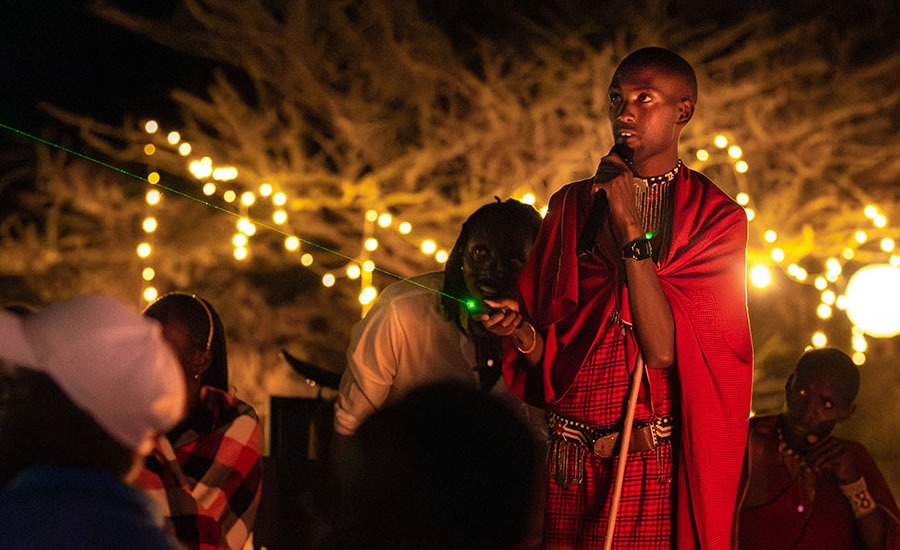
Samburu County has been the scene of an unprecedented launch: the first astro-tourism programme in Kenya's history, presented during a total lunar eclipse. The government is seeking to diversify the national offer and attract an audience that combines adventure, science and sustainability.
The proposal includes night-time activities designed for different traveller profiles: guided walks under clear skies, astronomical photography sessions, open-air camps and informative talks. With this, Samburu is positioned as a unique enclave where cosmic observation is added to the natural attraction of the savannah.
The location was not chosen at random. Its altitude, lack of light pollution and equatorial location allow for the viewing of constellations visible in both hemispheres, which is unusual in other African destinations. These conditions reinforce the privileged character of the region as a natural observatory.
In addition to the scientific aspect, the programme integrates oral histories and traditions of the local communities. The combination of Samburu mythology with expert explanations offers an experience that connects the ancient with the modern exploration of the sky.
The authorities are confident that the initiative will boost cultural and environmental tourism, adding to safaris and the coastline as economic drivers. Forecasts for 2025 call for more than three million visitors and an increase in revenue of 24 % over the previous year.
With this bid, Kenya is not only opening a new chapter in its tourism industry, but is also projecting itself as a pioneering destination in Africa for those seeking to travel beyond the earthly.
Source: sopalodges.com; pulselive.co.ke; travelandtourworld.com
